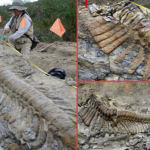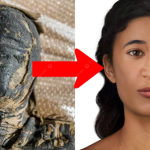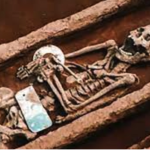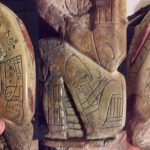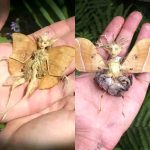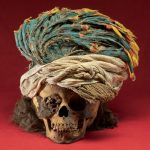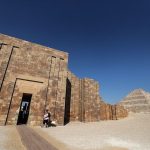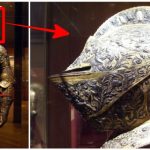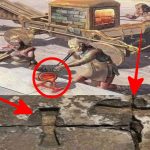Seventy-three well-preserved Wari mummy bundles, each adorned with carved masks, were discovered at the archaeological site of Pachacámac in Peru.

Seventy-three intact Wari mummy bundles with carved masks have been discovered at Pachacámac, Peru. A team of archaeologists from the PUCP Archaeology Program “Valley of Pachacámac” made this remarkable find. These burial bundles, dating back to the Wari Empire, were unearthed at the archaeological site of Pachacámac, located southeast of Lima, Peru.
The Pachacámac site holds significant historical value, named after the creator god Pacha Kamaq. It was first settled around CE 200 by the Wari civilization, which thrived during the Middle Horizon period. This period is noted for its advanced social and political structures, as well as its influence over large areas of modern-day Peru.
The recent excavations, reported on the Archeowieści blog managed by the Faculty of Archaeology of the University of Warsaw, revealed these 73 burial bundles at the foot of the Painted Temple. The Painted Temple is a prominent structure within the Pachacámac archaeological complex. The temple’s name derives from the vibrant murals and intricate designs that once adorned its walls, offering insights into the religious and cultural practices of the Wari people.
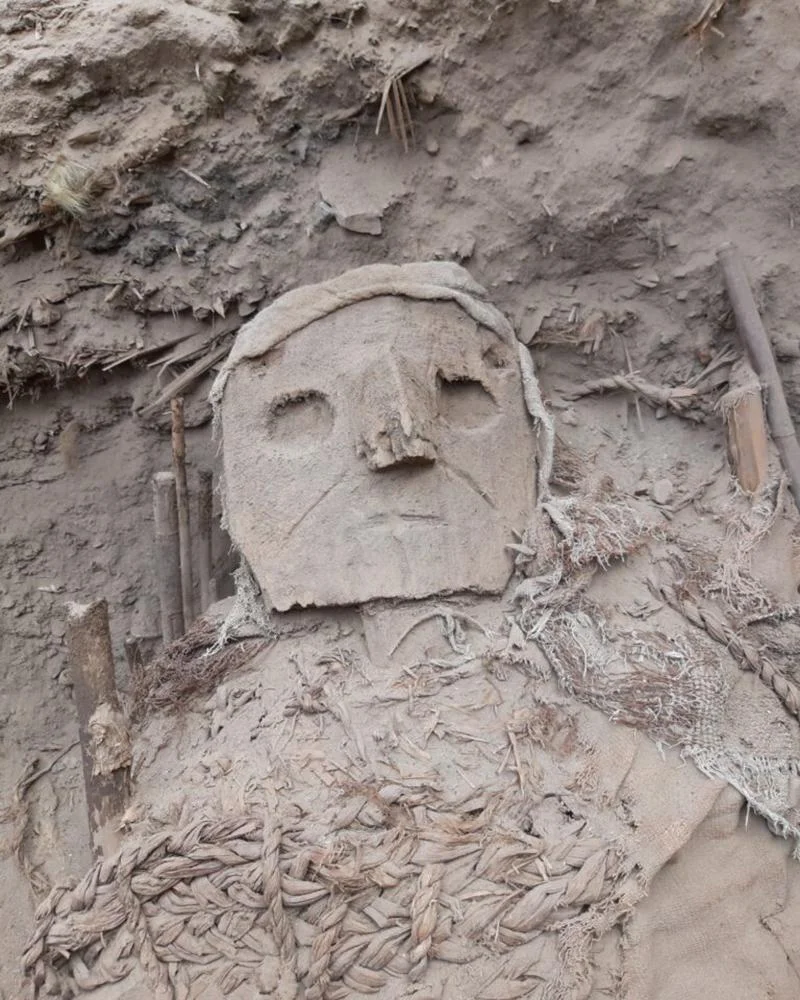
Each of the mummy bundles discovered is intact, preserving not only the remains of the individuals but also the ornate carved masks that accompany them. These masks are significant artifacts, providing a glimpse into the artistry and spiritual beliefs of the Wari civilization. The use of such masks in burials suggests that they played a crucial role in funerary rituals, possibly symbolizing the individual’s status or role within the community.
The discovery of these mummy bundles adds a valuable chapter to the understanding of the Wari Empire and its practices. It highlights the complexity and richness of their culture, particularly in terms of their burial customs. Archaeologists believe that these findings could shed light on the social hierarchy and religious practices of the Wari, offering new perspectives on their way of life.
Moreover, the intact nature of these burial bundles provides an exceptional opportunity for further study. Researchers can analyze the materials used in the mummification process, the textiles and artifacts included in the bundles, and the physical characteristics of the mummified individuals. Such analyses can reveal details about the health, diet, and daily life of the Wari people, contributing to a more comprehensive understanding of their civilization.
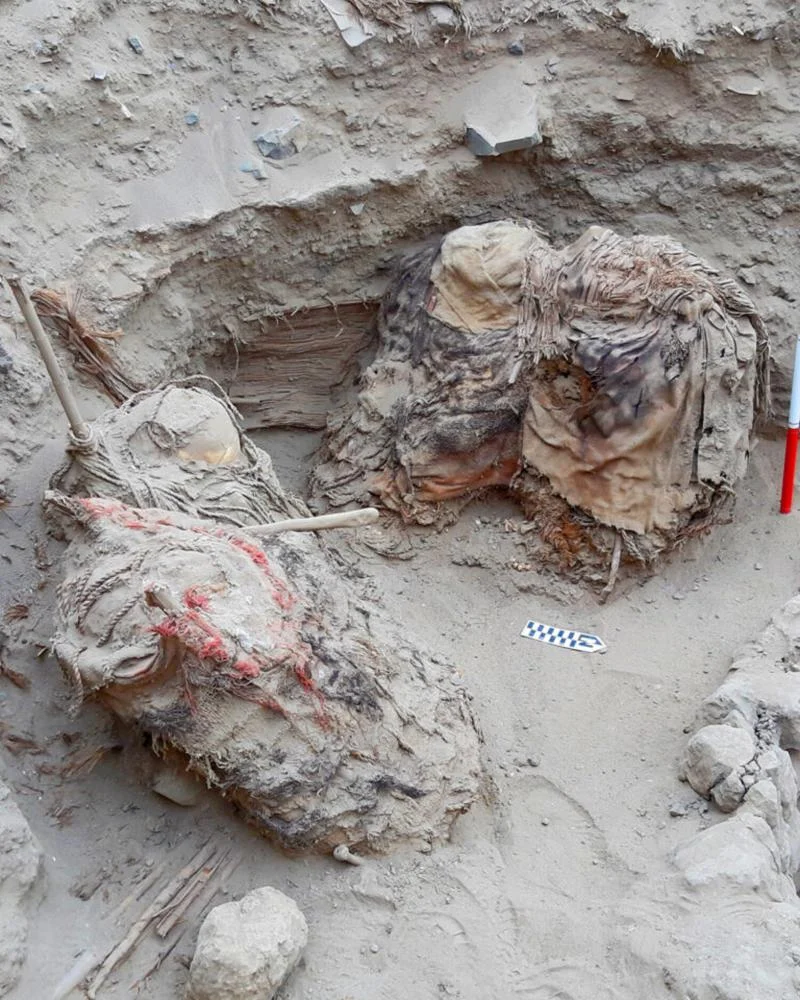
The Pachacámac site continues to be a focal point for archaeological research, attracting scholars from around the world. The ongoing excavations and discoveries underscore the importance of this site in unraveling the history of ancient Peru. As new findings emerge, they not only enrich the narrative of the Wari Empire but also enhance the broader understanding of pre-Columbian civilizations in South America.
In summary, the uncovering of seventy-three intact Wari mummy bundles with carved masks at Pachacámac is a significant archaeological achievement. It offers invaluable insights into the burial practices, artistry, and cultural richness of the Wari civilization. This discovery not only adds to the historical record of the region but also opens up new avenues for research and exploration in the field of archaeology.
